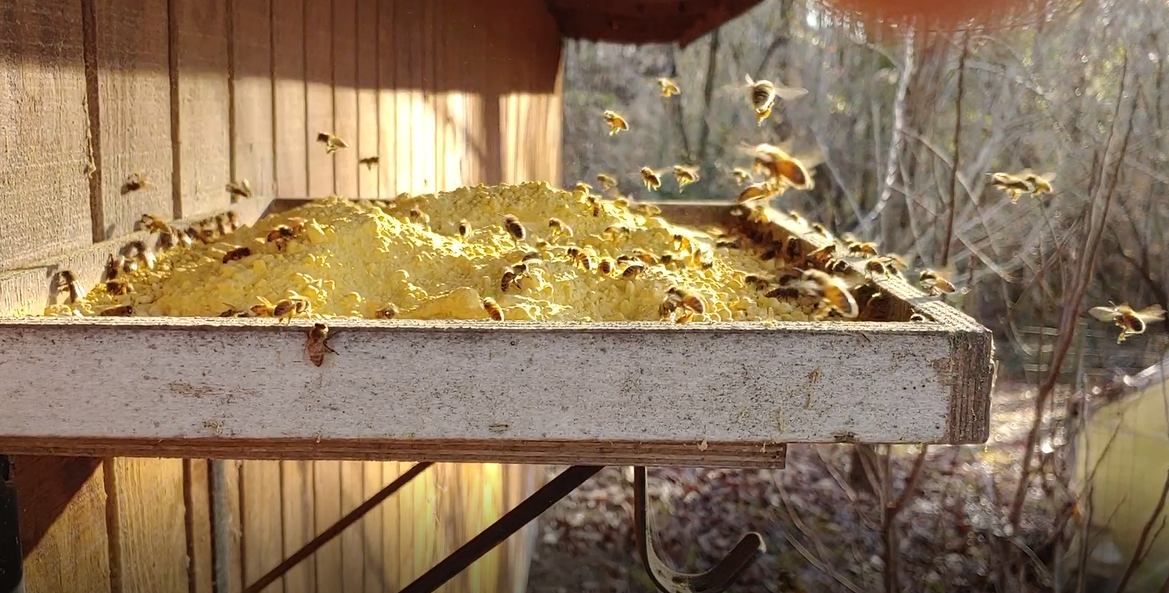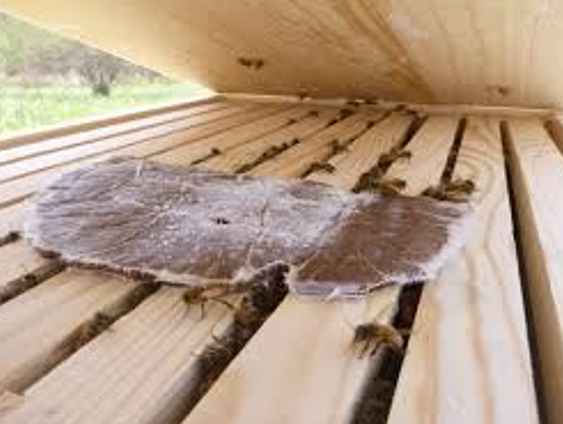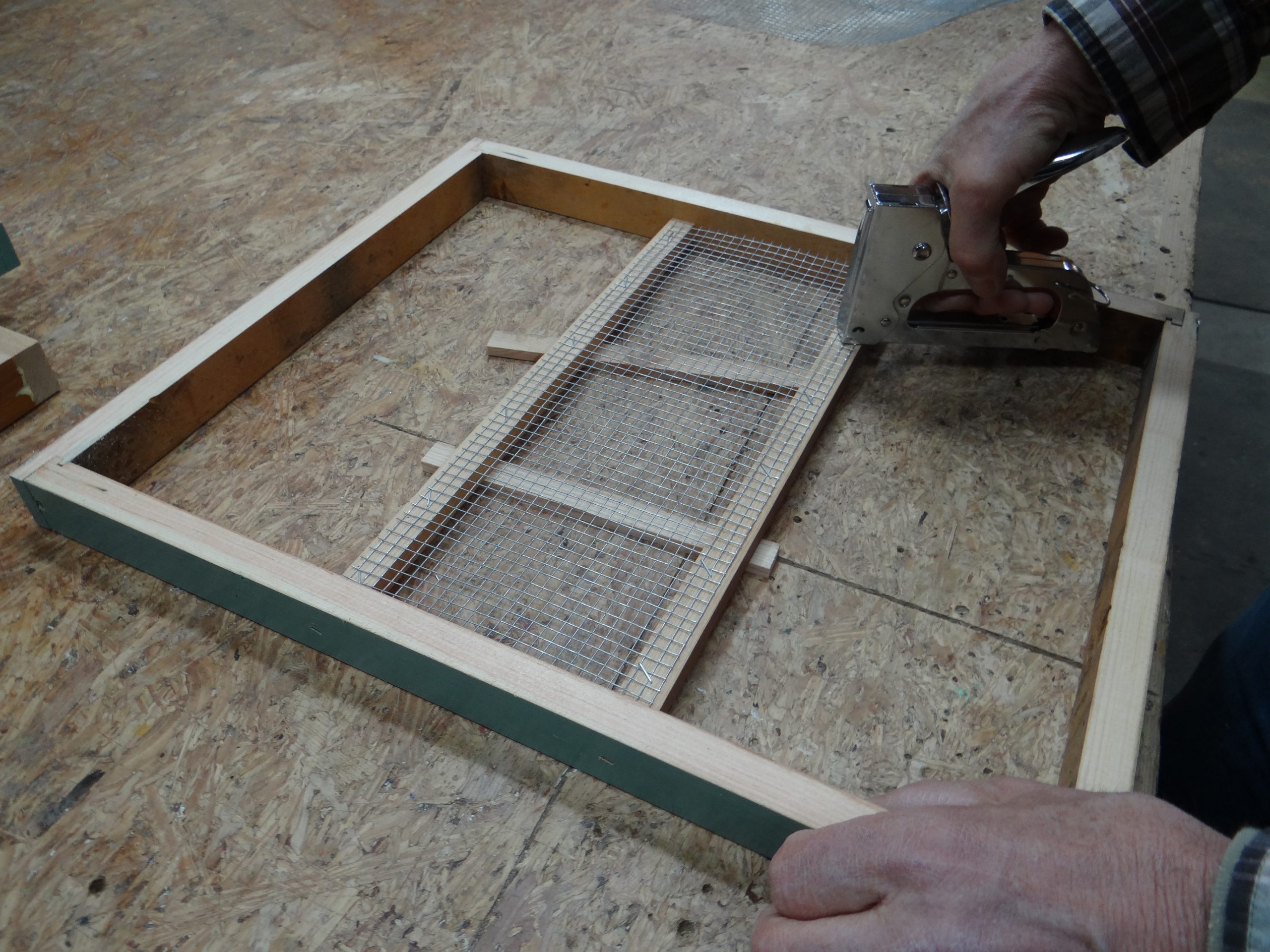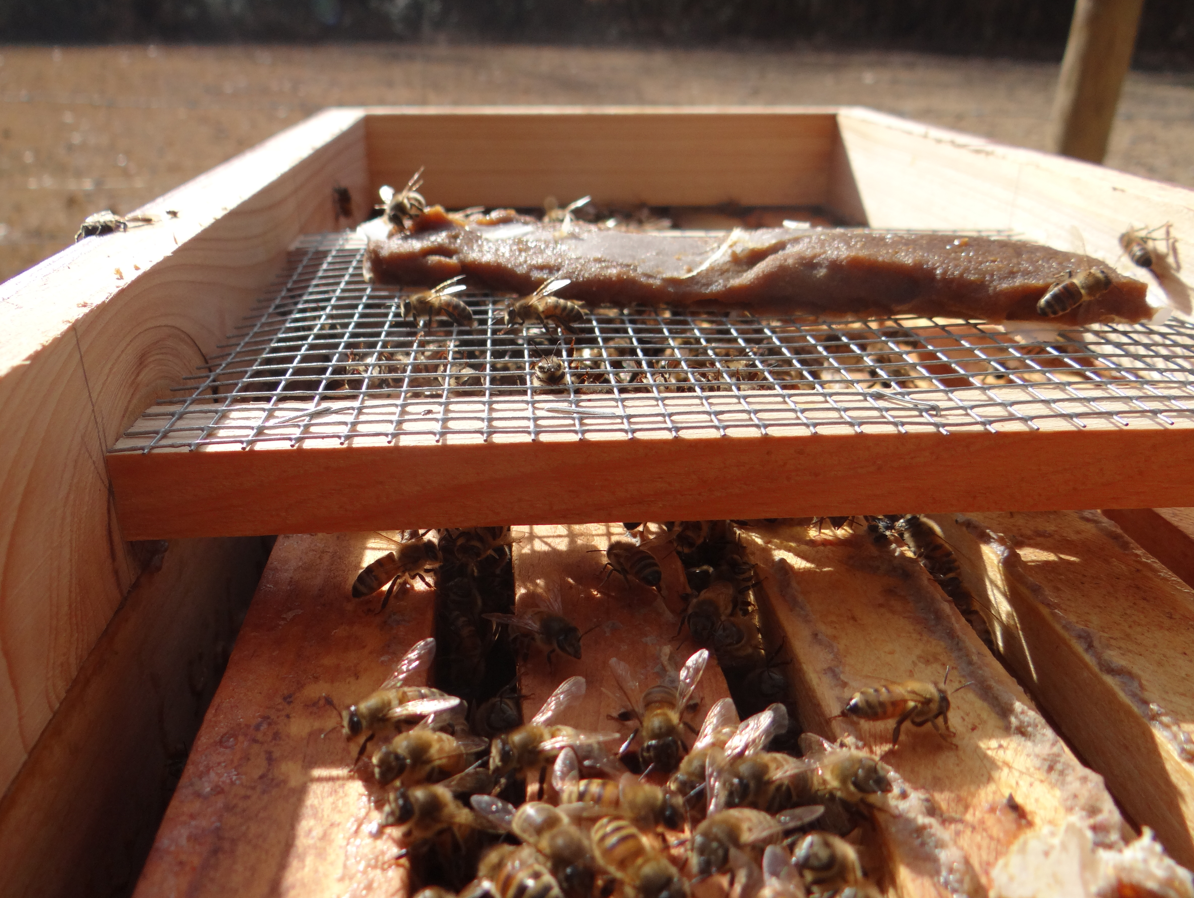Without Fear of Raising Small Hive Beetles
Eric Talley
Keeping honey bees alive in today’s environment becomes more challenging each year due to pests, diseases and available nutrition, among other problems associated with beekeeping. Honey bees need protein acquired from various sources of pollen to feed larvae. Pollen is the only available protein source for honey bees. Winter bees need pollen to build fat reserves, called vitellogenin, to survive during the winter and raise brood in late-Winter and Spring. The health and survival of the entire colony is dependent on the vitellogenin reserves of the Winter nurse bees.
Without adequate amounts of pollen to feed larvae the future bees that hatch may be smaller and not as healthy caused by lack of nutrition during the development stage. Some areas of the country where bees are kept and managed lack sufficient available pollen producing plants, are over stocked with too many colonies, or the colonies are placed in mono-floral situations during a pollination contract. With the lack of sufficient natural pollen for honey bees to collect, beekeepers are resorting to feeding pollen substitute in the Spring to assist in colony build up before the natural pollen is available.
Pollen substitutes are available both in a dry powder form or in the form of commercially produced pollen patties. Dry pollen substitute can be fed dry by use of a feeding station outside of the hive, or mixed into pollen patties and fed within the hive body. Small colonies that need the pollen substitute to feed developing larvae are not always strong enough to forage for sufficient amounts to fulfill the requirements of the colony. Feeding dry pollen can become a problem when Spring weather changes from day to day. Rain or cold temperatures confine the bees to the hive body making dry pollen substitute located in a feeding station outside the hive useless. Feeding pollen substitute in a patty form within the brood area allows the nurse bees access even when the weather has the foragers confined to the hive body.
Small Hive Beetle (SHB) adults are not destructive, and can live in the hive in large numbers for an extended time without causing problems. Large populous colonies are able to keep SHB’s in check better than small weaker colonies that have too much space to protect. SHB’s have developed the ability to stimulate the mouth parts of worker bees with their antennae, in this way tricking the bee to feed them. SHB’s are known to over-winter within the cluster, and SHB’s love pollen patties. Honey bees cannot remove adult SHB’s from the hive cavity because of the hard shield-like shell, and you may see bees chasing adult SHB’s. When SHB’s find a space that they can get into that is too small for the bees to get to them (or combs containing pollen, nectar or honey that are not protected), the SHB will lay eggs. Within 24 hours, these eggs hatch into very small larvae that begin to feed immediately. The larvae feed on the honey and pollen stores, including the pollen patties that are laying on top of the brood frames.
The problem: Pollen patties are designed to be placed or “laid” onto the top of the brood frames above the developing brood. When pollen patties are placed directly onto the top-bars there is no bee space left between the pollen patty and the top-bar allowing the SHB’s to push their way into this area between the top-bar and the pollen patty and lay eggs. The eggs hatch into larvae that then feed on the pollen patty before moving on to feed on, and destroy, valuable resources within the hive. SHB’s are becoming a greater problem every year, especially in warmer climates, and yet feeding pollen substitute may be a life-saving step to keeping a colony alive in early Spring and help the colony to build up.
The Solution: The pollen patty feeder that I have designed, built and used when feeding pollen patties suspends or ‘floats’ the pollen patty above the top of the brood frames and allows the bees to access all sides of the pollen patty and keeps SHB’s from having a place to lay eggs.
This feeder can be built from new wood or a cut-off piece of an old hive body that has been taken out of service. There is very little expense either way. When cutting an old hive body take caution not to cut where it’s nailed and wear safety glasses.
The feeder needs to be 1½ to 2 inches in depth, and sized to fit 10-frame, eight frame or five frame hive bodies. Wooden cross bars for suspending and attaching the ¼ inch hardware cloth need to be raised ¼ inch up from the bottom to make sure bee space isn’t compromised between them and the top-bars of the brood chamber. Suspending ¼-inch hardware cloth allows the bees to transition through it and keep SHB’s from staying in one place long enough to lay eggs. Using 1/8-inch hardware cloth does not allow bees to transition through and is not recommended. Place finished feeder directly above the brood chamber where the nurse bees have access to the pollen patty. Ensure the pollen patty is not touching the wooden cross members.
Care should be taken to remove the pollen patty feeder before the major nectar flow begins as the excess space within the feeder will be filled with comb and brood, pollen or nectar and honey. Most beekeepers don’t feed strong colonies pollen in the Spring and concentrate on weaker/smaller colonies that need a boost to assist build up. Nucleus colonies expand very rapidly when fed pollen patties since they are small and have less foragers; remembering to be sure the pollen patty isn’t placed on the cross bars. Small colonies have fewer foragers and fewer bees available to chase and keep small hive beetles in check.
Not every beekeeper has the tools or ability to build items like this. Maintaining membership, and attending monthly meetings, in a local beekeepers association can provide a mentor and possibly a contact to a beekeeper who has the tools and ability to assist you in constructing one or more pollen patty feeders for your use.
Author’s bio
Eric is a North Carolina State Beekeepers Association Master Craftsman Beekeeper who lives and raises honey bees on the coast. Eric started beekeeping in 1973 as a Future Farmers of America project. Four years later he joined the U.S. Marine Corps and didn’t keep bees for the next 30 years. Eric got the bug back and started keeping honey bees again in March 2008. He raises nucs and VSH queens during the summer for his use and sale to other beekeepers in the area.















